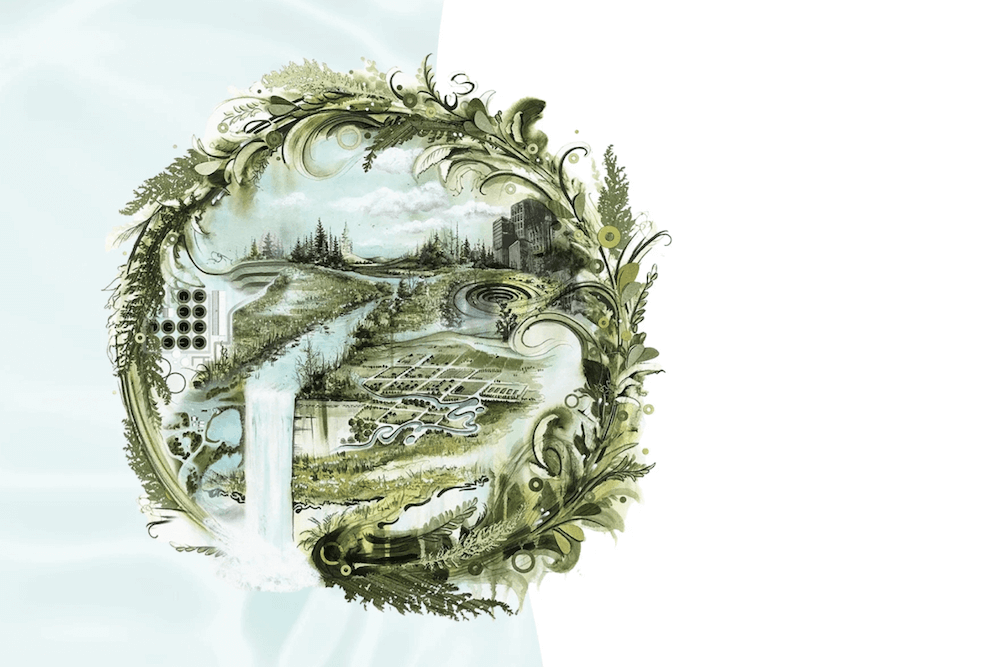
|
By Gary L. Wade
and James T.
Midcap
University of Georgia
Not many shrubs bloom continuously from spring to fall, then end
the growing season with bright red fruit and rich, wine-red fall
leaves. But Summer Snowflake viburnum does just that.
The vibrant, snow-white flowers are showstoppers in the spring
landscape. Then, as spring blossoms fade and other plants begin
their summer growth phase, Summer Snowflake gears up for an
encore performance. It flowers repeatedly throughout the summer
and fall, often as late as November.
“It’s a great transition plant,” says Dottie Myers, an Atlanta
landscape architect, “because it blooms when most other shrubs
are done.”
Planting tips
Summer Snowflake viburnum is a deciduous shrub, so it’s best to
plant evergreens nearby to mask its winter nudity. Little Gem
magnolia, Henry Anise-tree or Japanese cryptomeria, three other
Gold Medal winners from years past, are excellent companion
plants.
Use Summer Snowflake as a single specimen or in groups of three
to five plants for added interest in the landscape. It grows
smaller and is more compact than many other viburnums, reaching 4
to 8 feet tall and 3 to 4 feet wide at maturity.
If Summer Snowflake viburnum has one flaw, it’s a lack of drought
tolerance. Water is essential during periods of limited rainfall.
Drip irrigation will keep the plant looking its best.
But it’s worth it
Summer Snowflake’s leaves are opposite, 2 to 4 inches long and 1
to 2 inches wide. It bears flowers in flat clusters 2 to 4 inches
wide on top of the branches, giving the plant a layered effect.
Each flower cluster consists of many snow-white outer flowers
surrounding a group of inner, less showy flowers. The flowers
give way in late summer to clusters of bright-red fruit that fade
to black. A wine-red leaf color signals the end to another
growing season.
Few pests seem to bother Summer Snowflake viburnum. However,
drought and wet feet will cause leaf scorching or dieback.
To look its best
Moist, well-drained soils are essential ingredients for success
with Summer Snowflake. A full sun environment is ideal if
irrigation can be provided during periods of limited rainfall. A
place with morning sun and afternoon shade is OK, too.
Set plants 6 to 8 feet apart to allow them to reach their full
potential as shrubs. Wait until they’re well established before
fertilizing. Then apply two to three light applications of a
complete fertilizer, such as 16-4-8, during the growing season.
Prune the plants as needed after spring flowering by thinning
excess branches within the canopy. Spring blossoms form on the
previous season’s growth. Repeat blooms form on new growth.
(Gary Wade and Jim Midcap are Extension Service
horticulturists with the University of Georgia College of
Agricultural and Environmental Sciences.)



